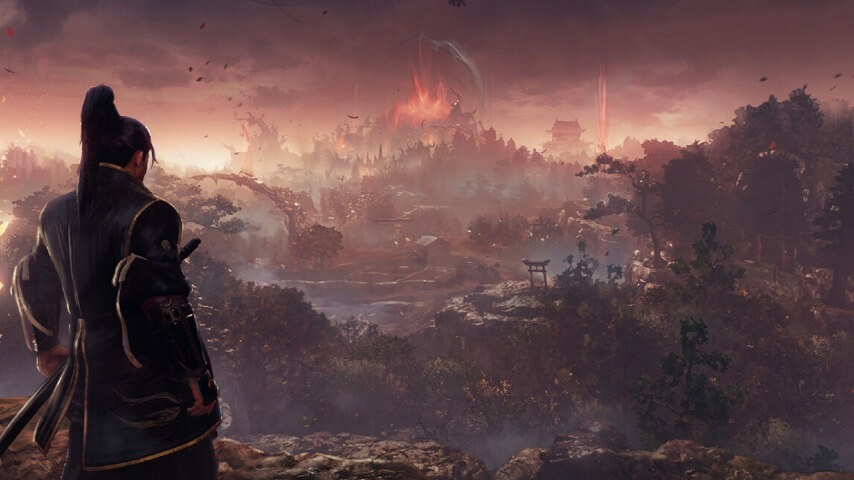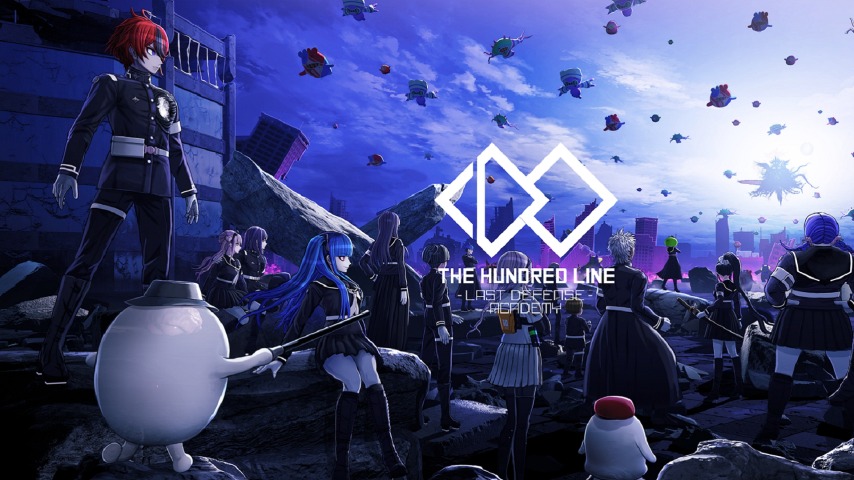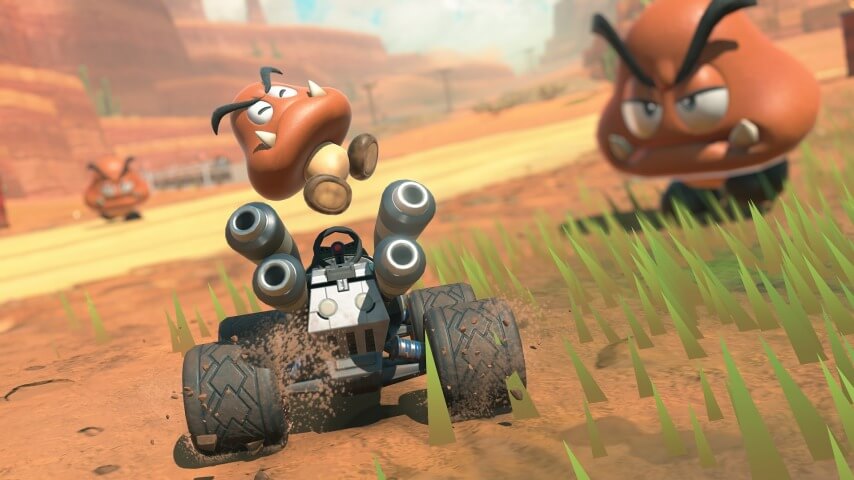12 fourth video games that blew up the franchise rules
Every Friday, A.V. Club staffers kick off the weekend by taking a look at the world of gaming, diving in to the ideas that underpin the hobby we love with a bit of Game Theory. We’ll sound off in the space above, and invite you to respond down in the comments, telling us what you’re playing this weekend, and what theories it’s got you kicking around.
There’s a natural arc to a trilogy—especially in video games. First, an idea is presented. Then, that idea is expanded and innovated on. Finally, all those developments are refined and pushed to their extremes, usually with lots of explosions and the occasional inevitable heroic sacrifice. More times than you might expect, the world is blown up, or at least radically altered in a way that detonates the prevailing status quo.
And then, what comes next? How do you reset the world after you’ve, y’know, blown it all to hell? It’s part of what makes fourth installments such odd ducks.
In games, this tension is exacerbated by the highly mutable nature of the medium. At least in the modern era, films made 10 years apart from each other will frequently look at least a bit similar. But in games, a decade is an infinity. (Especially in the early days of the medium; comparing a game from 1985 to one from 1995 will almost inevitably be night and day. Young art forms evolve fast.) For many franchises, the four-game divide is where that tension gets to strut its stuff, often on brand-new technology: Some series played it safe when they jumped from a regular console to one with “super” or “64” in the names, but just as many took the opportunity to radically redefine themselves.
And so, as a prelude to our May The Fourth Installment Be With You coverage this weekend, we’re devoting this week’s edition of Game Theory to a look at the question: Which video game franchises broke all the rules when they got to game number four?
Capcom’s original NES Mega Man games follow a classic “Present, Innovate, Refine” trilogy: The first game sets a baseline (explore six stages with a boss at the end whose weapon you take when you kill them), Mega Man 2 blows that concept out by expanding both level designs, and the movement tools used to navigate them, and then Mega Man 3 tweaks things slightly with a longer, and more difficult, version of past ideas. (Those stages where you run through much harder remixes of earlier stages, until you have to re-fight the bosses from 2? Woof.) For 4, though, Capcom set out to radically redefine one of the franchise’s two basic verbs: Shooting bad guys. (Jumping, at least, remained largely sacrosanct.) By adding a charged shot to the Blue Bomber’s arsenal, Mega Man 4 not only introduced a whole generation to the pain of lingering thumb cramps: It also forced a new understanding of how the games’ 2D combat worked, changing fights from free-for-alls to something more timed and strategic. (A focus on enemies that tended to guard themselves against shots in some way also made aiming suddenly matter way more; few things in a game feel crappier than getting a shot in 4 all charged up, and then seeing it plink harmlessly off an enemy’s shield.) Of all the core ideas that Mega Man would spend the next 20 years iterating on through its various sequels and side series, the charge shot was the last one to be added to the mix: A seemingly small fourth-game change that fundamentally redefined how the entire franchise played.
Once upon a time, no military video game shooter could have a higher aspiration than recreating World War II’s Omaha Beach invasion with ever-more “guys getting picked off next to you as you scramble for ammo” intensity. That most especially included Activision’s Call Of Duty, which spent three installments squabbling in the mud of Europe with franchises like Medal Of Honor before series originator Infinity Ward hit on a novel idea: What if you made a military shooter that didn’t take place exclusively between 1939 and 1945? The resulting game, Modern Warfare, not only made Activision insanely rich: It also redefined first-person shooters for the next decade, minimum. (Killing off the World War II-based shooter for just as long barely even qualifies as a side effect.) With an incredibly quick-moving and slick take on multiplayer gunplay—taking the lethality of Counter-Strike and tuning it more tightly to arcade sensibilities—COD4:MW so fundamentally re-oriented its home series that when it got a direct sequel, it was called Modern Warfare 2, not Call Of Duty 5. At the same time, Infinity Ward boldly asserted that the up-to-then boilerplate presentation of shooters could at least try to tell stories worth taking seriously: Modern Warfare‘s plot might boil down to slightly different flavors of Clancy-infused pulp, but at least had the temerity to try to land a few narrative punches.
Five Nights At Freddy’s 4 (2015)
Scott Cawthon’s fourth Five Nights At Freddy’s game is fascinating mostly for how it boils down the franchise’s basic premise to its most elemental form. No more hapless security guards watching grainy monitor footage of Chuck E. Cheese rejects steadily creeping up on them. Not much (weirdly convoluted) lore about the ghosts of serial killers trying to kill from beyond the grave. In Five Nights At Freddy’s 4, you’re just a little kid. There are monsters in your closet. If you don’t keep an eye on them, you’re going to die.
To be fair to Cawthon—and as we noted in our retrospective on the series a few years back—almost every Freddy‘s game tries at least something new, resisting the urge to just be “More meme-ready murder mannequins, and worse.” But FNAF4 is an outlier, even by those standards. Its storytelling is minimal. (Fans still debate what its gameplay is even meant to represent; a brain-dead child’s dying dream is not an especially out-there theory.) Its commitment to making you feel powerless is near-absolute. (No security shutters or networks of cameras here: Just a flashlight, and the hope that the monsters waiting for you to stop paying attention are shy.) Cawthon would return to haunted pizzerias with further (and better) installments (and after he stepped away from the franchise, it’s only steered harder into those more familiar waters.) But Five Nights At Freddy’s 4 sees the series at its most experimental, dialing into the fact that it runs, not on goofy mascot designs or streamer-targeted jumpscares, but a core of childhood fear.
You may also like...
Diddy's Legal Troubles & Racketeering Trial

Music mogul Sean 'Diddy' Combs was acquitted of sex trafficking and racketeering charges but convicted on transportation...
Thomas Partey Faces Rape & Sexual Assault Charges

Former Arsenal midfielder Thomas Partey has been formally charged with multiple counts of rape and sexual assault by UK ...
Nigeria Universities Changes Admission Policies

JAMB has clarified its admission policies, rectifying a student's status, reiterating the necessity of its Central Admis...
Ghana's Economic Reforms & Gold Sector Initiatives

Ghana is undertaking a comprehensive economic overhaul with President John Dramani Mahama's 24-Hour Economy and Accelera...
WAFCON 2024 African Women's Football Tournament

The 2024 Women's Africa Cup of Nations opened with thrilling matches, seeing Nigeria's Super Falcons secure a dominant 3...
Emergence & Dynamics of Nigeria's ADC Coalition

A new opposition coalition, led by the African Democratic Congress (ADC), is emerging to challenge President Bola Ahmed ...
Demise of Olubadan of Ibadanland
Oba Owolabi Olakulehin, the 43rd Olubadan of Ibadanland, has died at 90, concluding a life of distinguished service in t...
Death of Nigerian Goalkeeping Legend Peter Rufai

Nigerian football mourns the death of legendary Super Eagles goalkeeper Peter Rufai, who passed away at 61. Known as 'Do...




